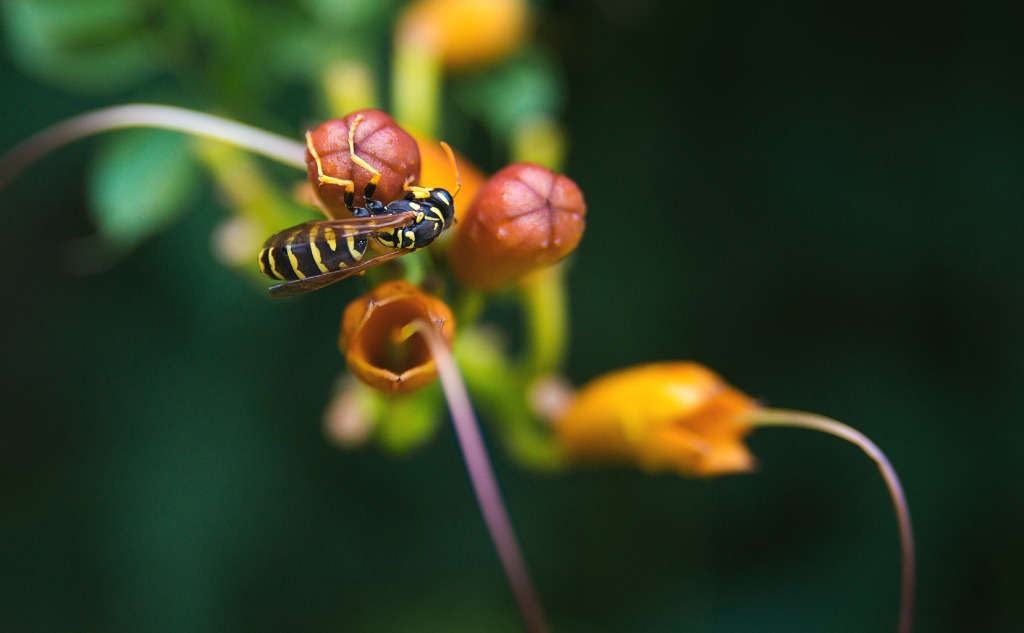This is about how wasp spray works.
Best NOT use any wasp spray in the sense of live and let live.
However, if you’re just curious about how wasp spray works, let’s talk.
Let’s get right into it!
Just Leave Insects Alone Whenever Possible
Can insects kill humans?
Unfortunately, sometimes they can.
Maybe scorpions came first to your mind?
How about spiders?
Or maybe fire ants?
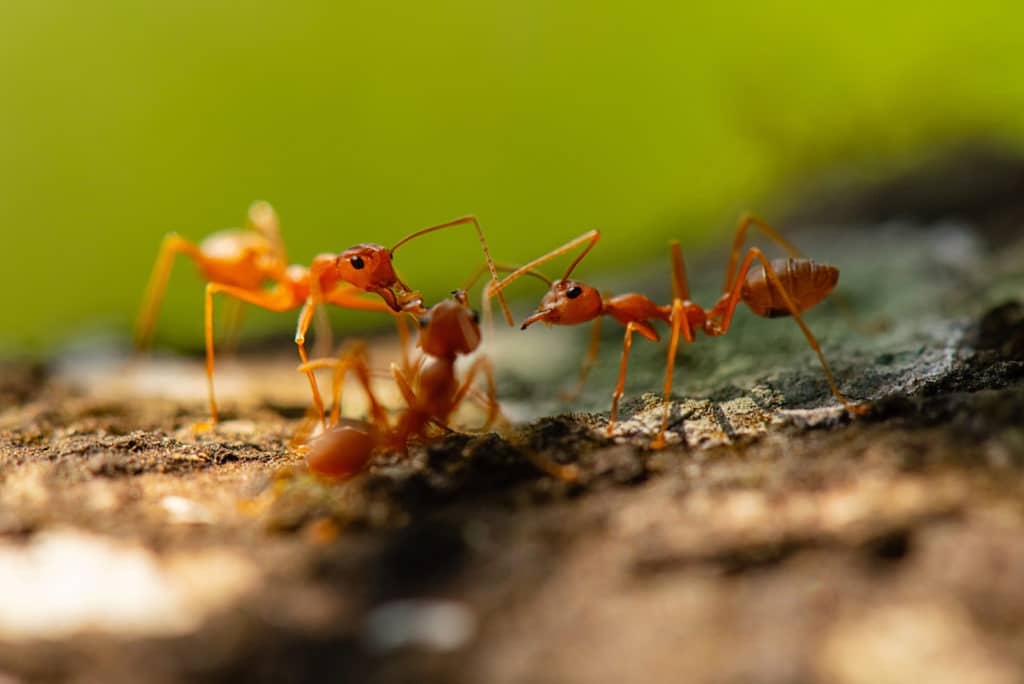
Although mosquitoes kill millions of people each year by spreading deadly diseases, they are not venomous.
In terms of diversity and number, insects are the largest group in the animal kingdom. It is estimated that there are one million ants per one human: 1,000,000:1.
Insects can range from the most beneficial, such as bees and silkworms, to the deadliest ones, such as:
- Brown Recluse
- Brazilian Wandering Spider
- Australian Funnel Back
Can a Wasp Kill a Human?
Wasps are not without purpose. They are both predators and pollinators.
For example, fig wasps and other wasps are used as a biological method to control aphids. (An aphid is a tiny pear-shaped insect that destroys green fruit and leaves).
Many wasps act as parasitoids to other insects. For example, paper wasps lay eggs in nests of other species. Their larvae take food and shelter away from the young of those species.
And, depending upon the type of wasp and the allergic sensitivity of the person, their sting can kill you. For example, in 2013, hornets killed 41 people and injured 1600 in a single attack in China.
Wasps and hornets belong to the family Vespidae of the suborder Apocrita of the order Hymenoptera of insects, including ants and bees.
Some wasps and hornets are eusocial (live together by making nests), while most are solitary (a single small nest is made by the female only).
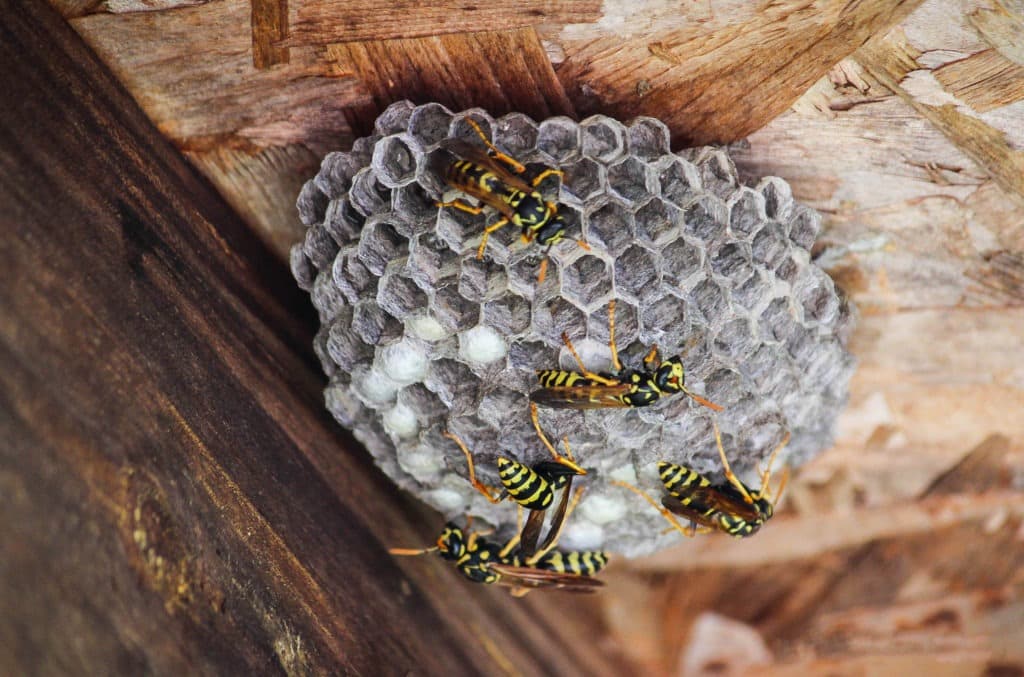
The eusocial species make nests with multiple combs except for Apoica flavissima, famous for single comb nests.
Some wasps make their nests with mud (i.e., the mud dauber).
There are over one hundred thousand species of wasps, and they range in size from the Asian giant hornet (5 cm) and tarantula hawk (5 cm) to the smallest chalcid wasp, which is only 0.14 mm in length.
Most of them are parasitoids (living at the expense of others), while some are predators (paralyze and kill their prey) and fluid feeders.
Wasp can be beneficial if their numbers are few. They keep a check on other insects if the natural biological mechanisms work. But, if their number rise too much, they are considered pests and should be controlled.
They usually come out in larger numbers at the end of summer searching for food, and may sting if disturbed.
A wasp sting usually won’t hurt you, but can be painful and may cause in very rare cases an anaphylactic shock, which is death due to allergic hypersensitivity.
Just leave wasps alone if possible.
How Does Wasp Spray Work?
It depends upon its composition.
Generally, a wasp spray contains:
- Insecticides
- Additive agents
- Foaming agents
- A base to make a homogenous emulsion
Insecticides
The main acting agent is the insecticide chemical used in the spray.
How your particular spray works depends upon which insecticide is used.
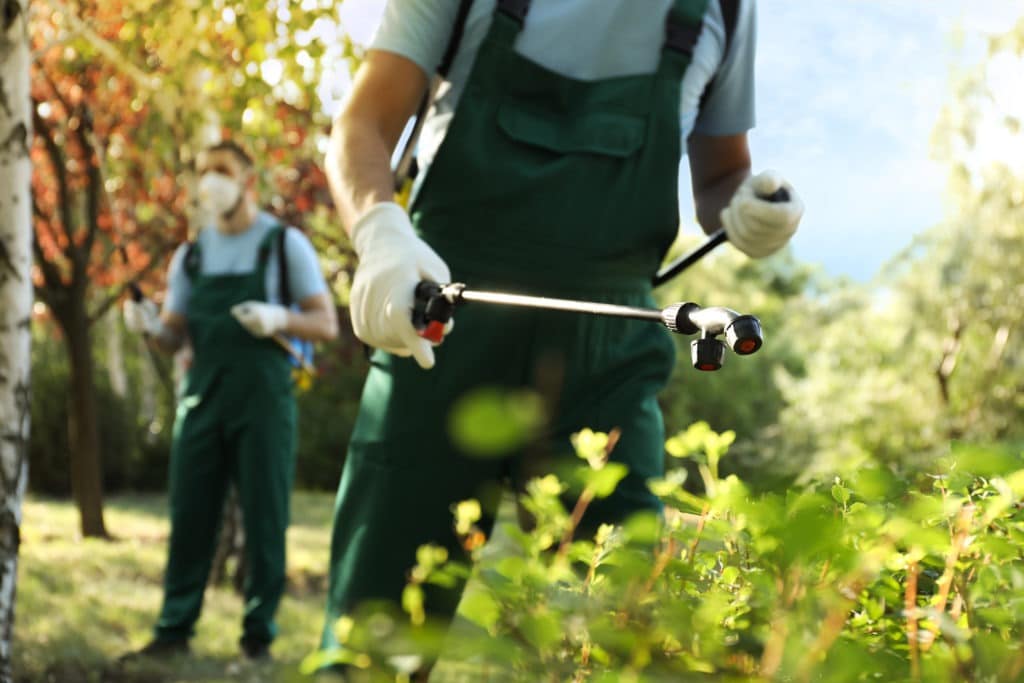
The insecticide might be:
- Contact insecticide or systemic insecticide
- Repellent or non-repellant
- It may be toxic to other species or not
Any product you buy from the store or make at home may contain one or more of the following agents.
The mode of killing action of every group is explained below:
Organophosphates
In the past, these naturally occurring and synthetic compounds were extensively used in wasp sprays and pesticides. They still make up to 50% of the killing agents in pesticides today.
They are potent nerve agents and lethally increase the nervous and muscular activity of the insect.
For that purpose, they irreversibly block an enzyme called acetylcholinesterase responsible for the controlled transmission of messages from one neuron to the next at the junction between the two.
This enzyme is also present in humans and other animals. Thus, these drugs pose a toxic threat to humans as well.
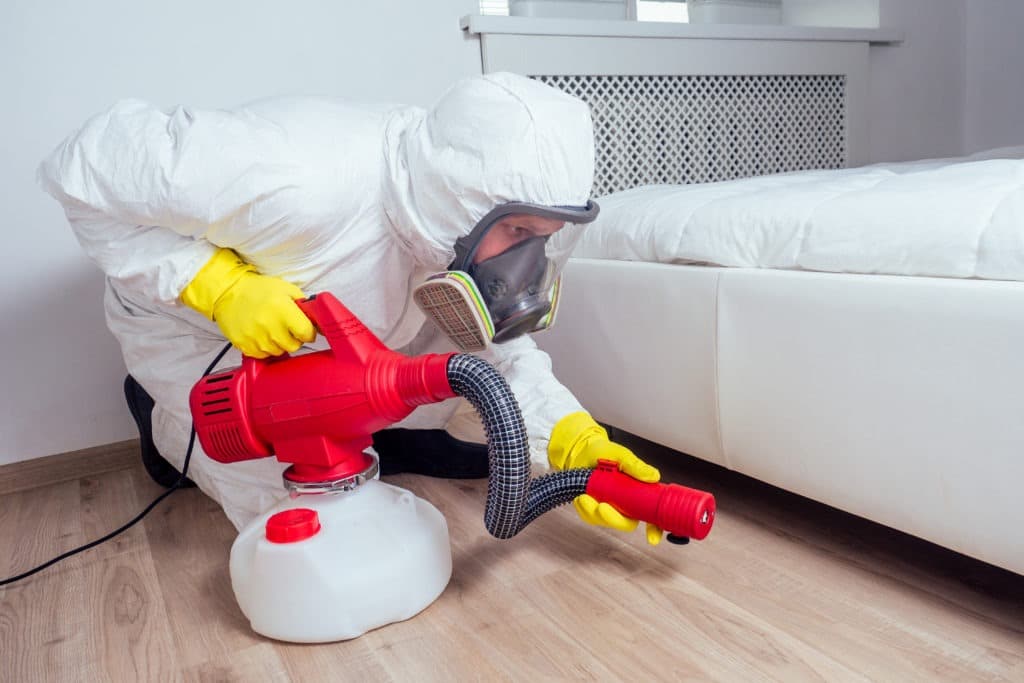
Examples of organophosphates are:
- Chlorpyrifos
- Malathion
- Parathion
Carbamates
These insecticides work by blocking the same enzymes, but unlike organophosphates, bind reversibly.
Examples of carbamates are:
- Carbofuran
- Carbaryl
- Fenobucarb
Pyrethroids
The most commonly used insecticide agents in modern wasp sprays are pyrethroids.
To understand how they work, you need to know a bit about nerve physiology.
There are channels in the membranes of neurons called voltage-gated sodium channels, which are responsible for the movement of sodium into the neuron (influx) so that the nerve impulse (the message from the brain to the muscles and other parts of the body) can be conducted.
Pyrethroids are very potent excitotoxic agents and act by keeping the voltage-gated sodium channels open.
This keeps all the neurons in an excited state, and the whole body of the insect becomes paralyzed, leading to death.
Pyrethroids are effective against all insects.
But there is a problem:
Pyrethroids can be degraded by a particular enzyme present in some insects, thus lowering the efficacy of these chemicals.
To prevent this, another agent called piperonyl butoxide is added in wasp sprays containing pyrethroids which block that enzyme.
Fortunately, pyrethroids are not toxic to humans. But they can be toxic to aquatic animals like fish.
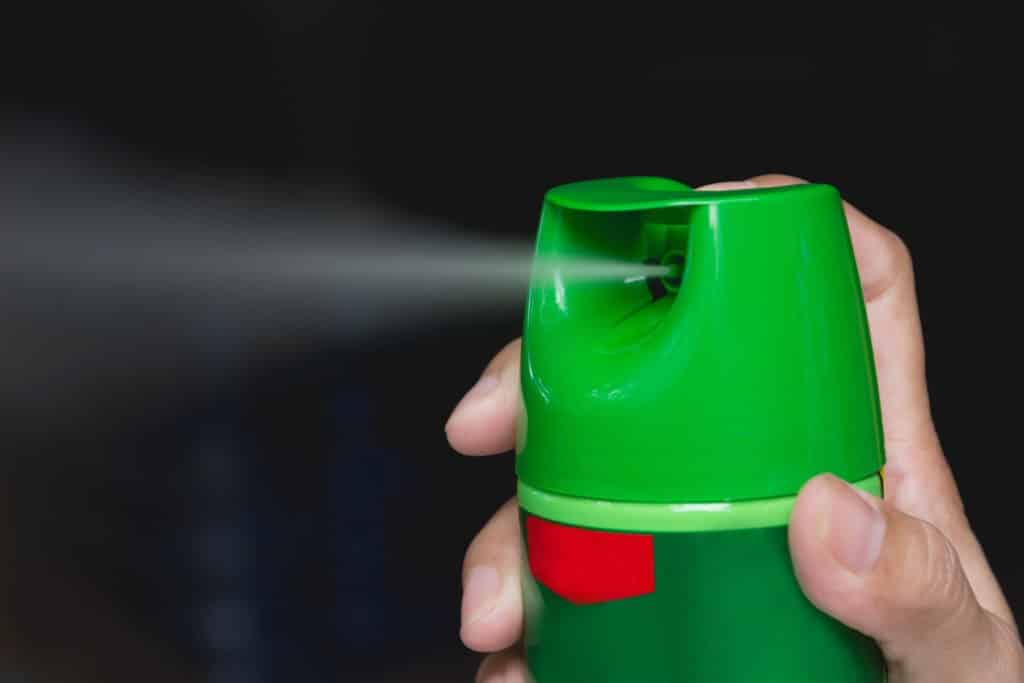
Examples of Pyrithroids include:
- Allethrins: First synthetic pyrethroid insecticides.
- Cypermethrin: Used extensively in agriculture fields and livestock to destroy ectoparasites.
- Permethrin: Widely used but is toxic to bees as well.
- Phenothrin: Active ingredient of Raid wasp spray.
- Prallethrin: Main insecticides in many wasp sprays such as Wasp Freeze.
- Tetramethrin: A white crystalline powder.
- Tralomethrin: A bromine derivative of pyrethroids.
Additive Agents
- Piperonyl butoxide: The most commonly used additive along with pyrethroids in wasp sprays is piperonyl butoxide that destroys the insect’s built-in mechanism for detoxification. It enhances the efficacy of wasp sprays in terms of duration and intensity of action.
- Plant oils as insect repellents: Plant oils such as peppermint oil, clove oil, sesame oil, and wintergreen oil can also be added to wasp spray or your homemade insect repellents.
- Foaming agents: Certain foaming agents are added to some wasps sprays especially nest terminators to increase the contact time of insecticide with nest and to prevent the insects from flying away. You can add soap or dish wash liquid to produce foam.
